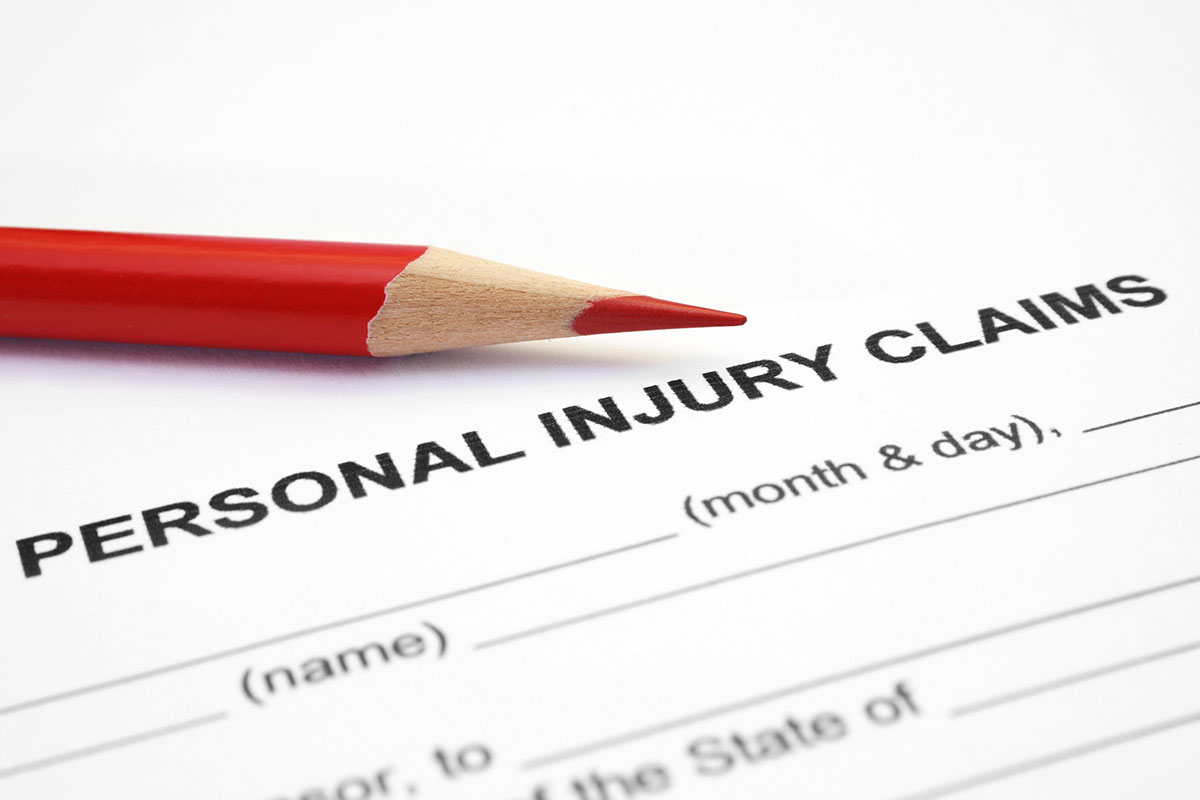The pre-action protocol for personal injury claims (“the protocol”) was introduced way back in April 1999 as part of a major overhaul of the civil justice system based on a review by Lord Woolf.
Prior to that time most personal injury lawyers would rush to commence court proceedings as soon as possible. Those court actions were often then settled, quite literally at the door of the court.
The system may have been lucrative for the lawyers, but it was very stressful and time consuming for accident victims. In short, it was a crazy way of going about the business.
The biggest feature of Lord Woolf’s reforms – in addition to a completely new set of civil court rules – was the introduction of a set of detailed pre-action rules which governs the parties’ conduct even before court proceedings are issued – the protocol.
No such pre-action rules had ever existed before.
It is a central theme of the protocol that the two parties should try to resolve cases by negotiation and should regard court proceedings as a “last resort”.
Strictly speaking, the protocol is only applicable to cases which the court would allocate to the fast-track – i.e. cases worth £25,000 or less and where the trial would be likely to last for one day or less.
But in practice, the protocol is followed by lawyers on both sides in all personal injury claims.
In cases involving very serious personal injury the protocol is supplemented cases by the Serious Injury Guide published jointly by representative bodies for the insurance industry (FOIL) and personal injury lawyers (APIL)
The overall aims of the pre-action protocol
The main aims of the protocol is to encourage:
- Communication between the parties
- Exchange of all relevant information
- Early provision of medical treatment and/or rehabilitation
- Settlement of the dispute
And as we said above, the issue of court proceedings should be regarded as a “last resort”.
The Steps In The Protocol
Letter of Notification
Once the claimant knows a claim will be going ahead a short letter should be sent to the defendant to put them on notice that a claim will be made.(We will use the expression “defendant” to refer to the person causing the accident, but also their insurers and lawyers).
In many cases this preliminary step can be skipped if the claimant can proceed straight to a detailed Letter of Claim (see below).
Rehabilitation
The parties should cooperate to address any immediate medical/rehab needs the claimant may have.
This usually involves the parties appointing a medical professional (a nurse, physiotherapist or occupational therapist) to visit the claimant and then prepare an Initial Needs Assessment report.
Early provision of rehab and/or treatment can accelerate the claimant’s recovery, and often helps the defendant by reducing some parts of the claim, such as loss of earnings for lengthy absence from work.
Letter of Claim
As soon as possible the claimant should send the defendant a Letter of Claim.
The Letter of Claim should contain full details of:-
- The Claimant’s name, address, date of birth and national insurance number
- How the accident happened
- Why the defendant is being held responsible
- Any documents the claimant expects the defendant to produce
- The Claimant’s injuries, and the nature and place of any treatment
- Any financial losses, such as loss of earnings or damaged property
Letter of Response
The delivery of the Letter of Claim starts the timetable for the defendant’s investigation of the accident.
Essentially, the defendant must provide a detailed response within four months.
By the end of that time the defendant must provide a formal Letter of Response indicating whether or not liability is admitted.
If the defendant admits liability the parties can usually cooperate to obtain the medical evidence and other evidence that may necessary to enable them to negotiate a settlement of the case.
If the defendant denies liability ( or even if they admit partial liability but allege that the claimant was also partly at fault) they should provide their own account of the accident, an explanation as to why liability is denied and copies of all material documents.
Experts Reports
The claimant will normally require at least one expert medical report, and in cases which involve multiple or complex injuries there may be reports from several different medical experts.
The claimant should provide the defendant with the expert’s details (and copy cv) before obtaining a report, in order to demonstrate that the expert is a suitable person to provide evidence in the case.
Alternative Dispute Resolution
Both parties are encouraged to consider all means of resolving the dispute before they engage in court proceedings.
In some cases this may involve a “joint settlement meeting” between the parties and their legal teams.
In other cases the parties might engage the services of a mediator to help try to reach a settlement.
Stocktake
If the case is still not settled after following the steps outlined in the protocol the parties are encouraged to take stock of their respective positions, reviewing the strengths and weaknesses in their respective cases before court proceedings are commenced.
Penalties
The court has wide-ranging powers to impose financial penalties on parties and their lawyers if they do not follow the letter and/or the spirit of the protocol.
The costs of personal injury litigation can be very substantial with solicitors’ fees, barristers’ fees, medical experts’ fees, court fees and the like.
So it is generally very unwise for any party to disregard these rules.







